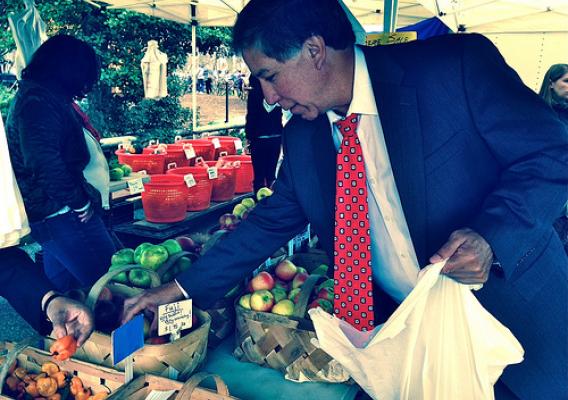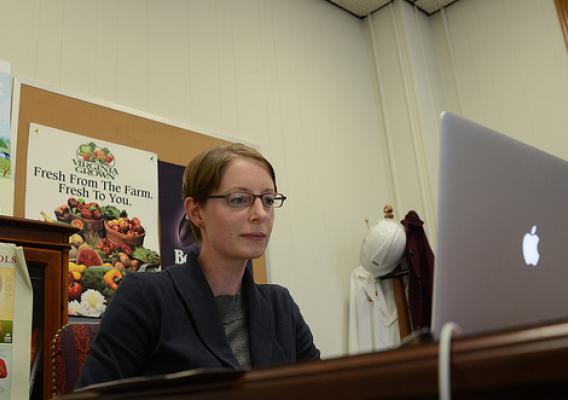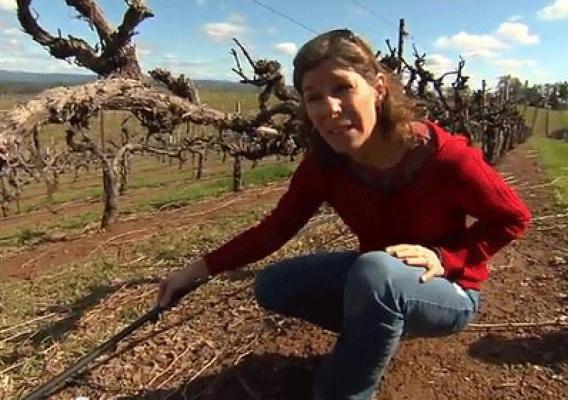Food is a great equalizer. Whether sharing it with loved ones around our holiday table or worrying about how we’re going to fit lunch in to our busy work days--food is something we all have in common. But we don’t always think about the path it takes to get to our plates or even the store shelves. And while there are many different ways it gets to us, we’re seeing food hubs play an increasingly important role for everyone along the way--farmer to corner store, chef to school lunch.
Food hubs are innovative business models emerging more and more across the country. They bring farmers and suppliers together, with 81 percent of food hubs focusing on increasing opportunities for local farms and allowing smaller producers to pool their products and fulfill larger contracts. Ninety-one percent of food hubs are near cities, connecting rural farmers to larger suburban and urban communities. Oftentimes, farmers who work with food hubs offer a wider variety of products and are able to continue selling their goods later into the growing season. That translated into an average of over $3.7 million in sales in the last year. And USDA’s efforts have helped expand the number of regional food hubs operating around the country. There are over 230, a 65 percent increase since 2009.





